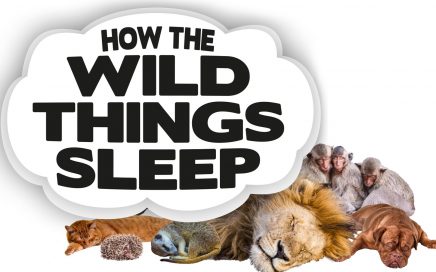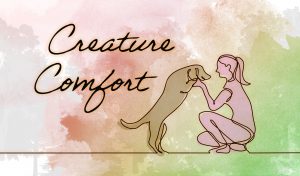
How The Wild Things Sleep
Most living creatures engage in some form of sleep.
Countless studies illustrate how animals adapt sleep for their own particular needs. Primates, elephants, marine mammals, insects, birds — even our own pet dogs and cats — all sleep differently. Even very simple organisms that lack a brain and central nervous system practise a version of sleep.
It appears sleep is essential behaviour for most living things — but why? What is the biological purpose of sleep? How the Wild Things Sleep peers under the covers of the wonderful world of slumber to reveal some surprising answers.
It doesn’t take much to convince humans we need our sleep. Anyone who’s had a bad sleep knows what it’s like to be sleep-deprived: we’re clumsy and irritable; we’re forgetful; we suffer from brain fog.
The same appears to be true of our closest relatives: the great apes. We also learn that orangutans, much like humans, go to surprising lengths to make comfortable beds for themselves. Other creatures have evolved with the extraordinary ability to sleep with one half of their brain, while the other hemisphere stays awake.
Research suggests sleep is a phenomenon common to most life forms great, small and microscopic, and stretches back to the early development of life on Earth. How the Wild Things Sleep is a revealing look at one of the great remaining mysteries of the natural world.
View How The Wild Things Sleep on CBC GEM >





























